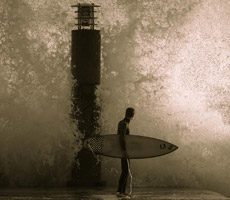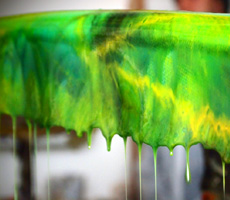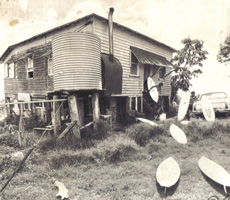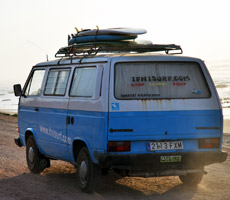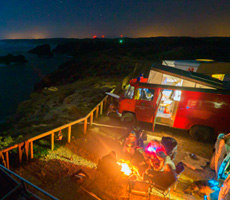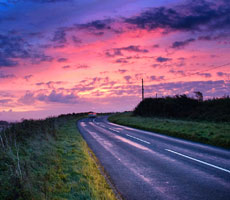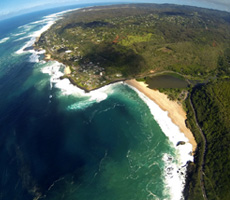“Nature has provided us generously with everything we need to remain in good health” Sebastian Kneipp.
A German priest, Sebastian Kneipp, promoted the therapeutic affects of cold water in the mid Nineteenth Century. Kneipp was suffering from tuberculosis (a condition that was then incurable) and started to treat it using cold water therapy, immersing himself in the frigid Danube River several times each week. Kneipp’s 1886 book, ‘My Water Cure’, became an international bestseller.
When the cold water first comes into contact with your skin, Ishnan is triggered, causing the skin’s capillaries to open
The ancient Indian word for cold water therapy is ‘ishnan’. This describes the moment when your body achieves the temperature with which it can defend itself against the cold water. When the cold water first comes into contact with your skin, ishnan is triggered, causing the skin’s capillaries to open. Further contact with cold water causes your capillaries to close again, sending blood rushing back to your organs and glands.
This natural flushing process reinvigorates your body by promoting renewed glandular activity.
If you are a surfer living in the Northern hemisphere you are doubtless benefiting from cold water therapy, or ishnan, on a regular basis. It may not feel like it, as you struggle to peel your wetsuit off with numb fingers in mid January, but as Chris Nelson explains in his book, ‘Cold Water Souls’:
“There are those who embrace the cold; those that feel that it is an integral part of the surfing experience, something to be celebrated.”
“The shocking jolt of that first icy duck dive that makes you feel alive, the stunning clear lip that feathers overhead or the feeling of snow falling, tones and shades growing muted in the advancing quiet.”
The shocking jolt of that first icy duck dive that makes you feel alive, the stunning clear lip that feathers overhead
Apart from the manifest health benefits of cold water surfing, and the sublime monochrome aesthetic referred to by Nelson (and depicted by photographers such as Mickey Smith) what else convinces us to heave on thick neoprene and paddle into bitter seas?
Northern hemisphere surfers have come to accept and appreciate their ‘lot’ - the antithesis to the traditional ideal of warm water surfing - sunny skies, clear blue water, boardshorts, tanned flesh and Aloha smiles. The zeitgeist is such that cold water surfing has actually become ‘cool’.
We have a successful cold water surf clothing company, Finisterre, born and bred in Cornwall. Also, the mainstream media are now entranced by images of surfers riding gigantic waves in freezing cold seas. The photographs of surfing off the west coast of Ireland and Nazare, Portugal, regularly splashed across broadsheet newspapers, have a surreal other-worldly look to non-surfers, and usurp perceived notions as to what surfing is all about.
These neoprene clad and masked figures appear as superheroes to many, lending an air of mystique, and outsider status to those that risk their lives in pursuit of big waves.
The chosen landscape is another essential element of the appeal of the new cold water surfing aesthetic.
Close-up examination reveals a much less crowded line-up than we have recently become used to. More space and more neoprene, but pan out and we are presented with a contemporary cinematic picturesque; composed of dark brooding skies, mammoth seas and often foreboding cliffs that dwarf the human figure, only matched in scale by the supersize waves approaching from a distant horizon.
West coast Ireland, Scandinavia, west coast USA in winter - all rugged, forbidding locations that have been opened up to surfing in recent years, often by lone pioneers, obsessives willing to explore new horizons in search of the next unridden realm.
That anonymous black-suited figure with the perfect peak all to themselves, could be you
This current, healthy and exciting cold water surfing landscape is therapeutic for us in various ways. Kneipp was right about the physical health benefits, and we now know how important adrenalin-fuelled exercise and sunlight is for our mental health throughout long dark winters. Essentially, cold water surfing is accessible (who can afford or justify air travel to warmer climes these days?) and that anonymous black-suited figure with the perfect peak all to themselves, could be you.
Go get some therapy…
Word by Ben Cook Images by Gary Moger














